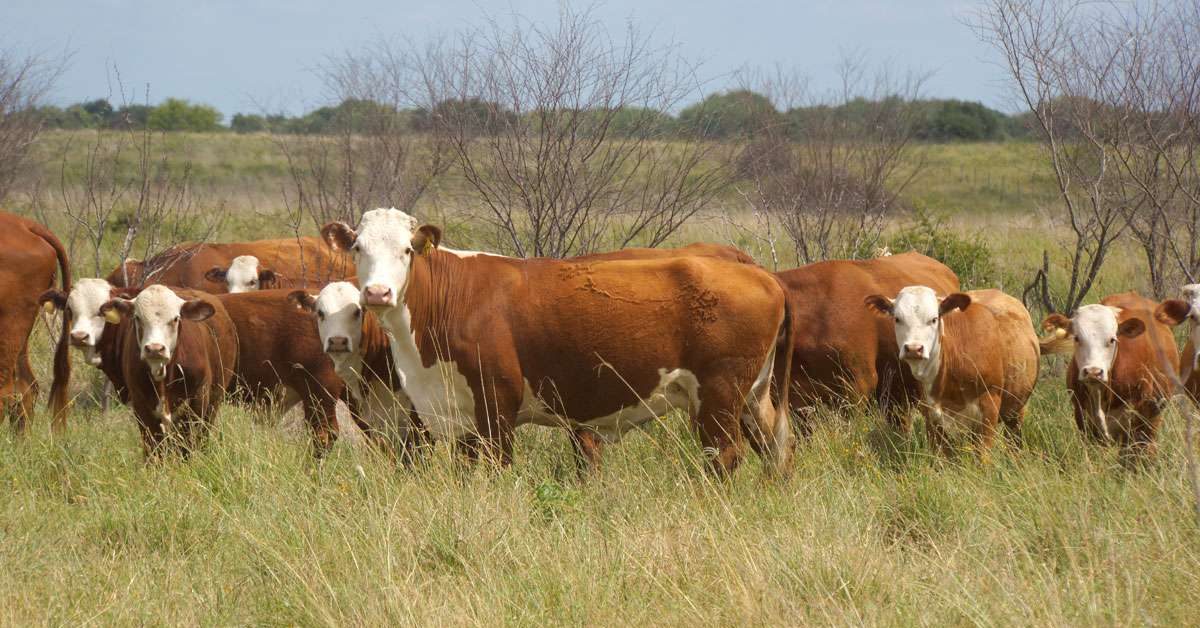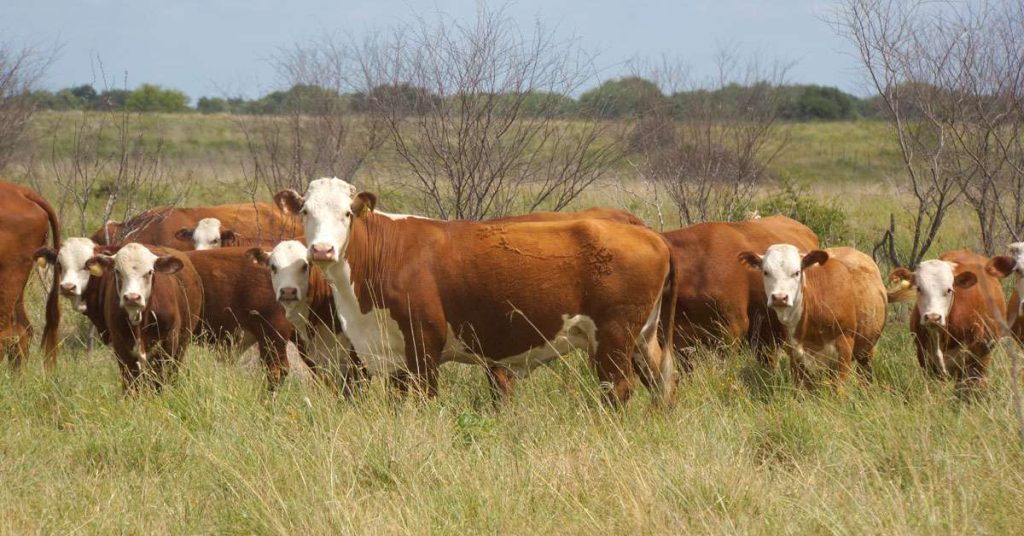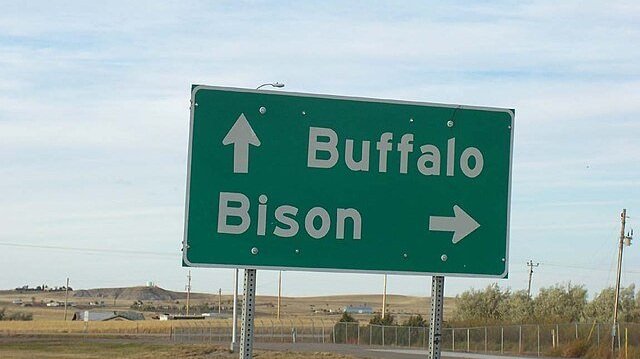The U.S. cow herd has been steadily increasing in mature weight for several decades. Excess mature weight of cows has several downsides. The focus of this article is its impact on profitability in commercial cow-calf operations.
For each 100 head of 1,000-pound cows you could run in your cow-calf operation, the same forage base (and feed input cost) would sustain 71 head of 1,400-pound cows.
For each 100-pound increase in mature weight, cows average approximately 10 more pounds of calf weaning weight produced.
The Cowboy Math
For the sake of this article, some assumptions are necessary, these are:
– the 1,000-pound cows will wean calves weighing 450 pounds
– a value of $3.00/pound for calf weaning weight
– a 90% calf crop weaned for both groups of cows
Therefore, the 100 head of 1,000-pound cows will wean 40,500 pounds of calf pay weight with a total value of $121,500. For example: (100 cows x 90% x 450 pounds x $3 per pound).
The 71 head of 1,400-pound cows will wean 64 calves weighing 490 pounds for a total of 31,360 pounds of calf pay weight with a total value of $94,080. (71 cows x 90% rounded up to 64 calves) x 490 (assuming an extra 10 pounds of weaning eight per 100 pounds of mature cow weight) x $3 per pound.
⌊ Consider Early Preg Checking During Drought 〉
Bottomline
Yes, the Cowboy Math tells us the same forage base and feed cost could result in $27,420 more revenue generated annually. No, the 490 pound (heavier) weaned calves will not be worth as much per pound as the 450-pound calves. Taking that into account would exaggerate the difference in revenue generated to the advantage of the more moderate size cows.
This fall at weaning producers are encouraged to weigh cows and calves. Those measurements can help to determine if excess mature cow weight is robbing profit potential from your operation.











